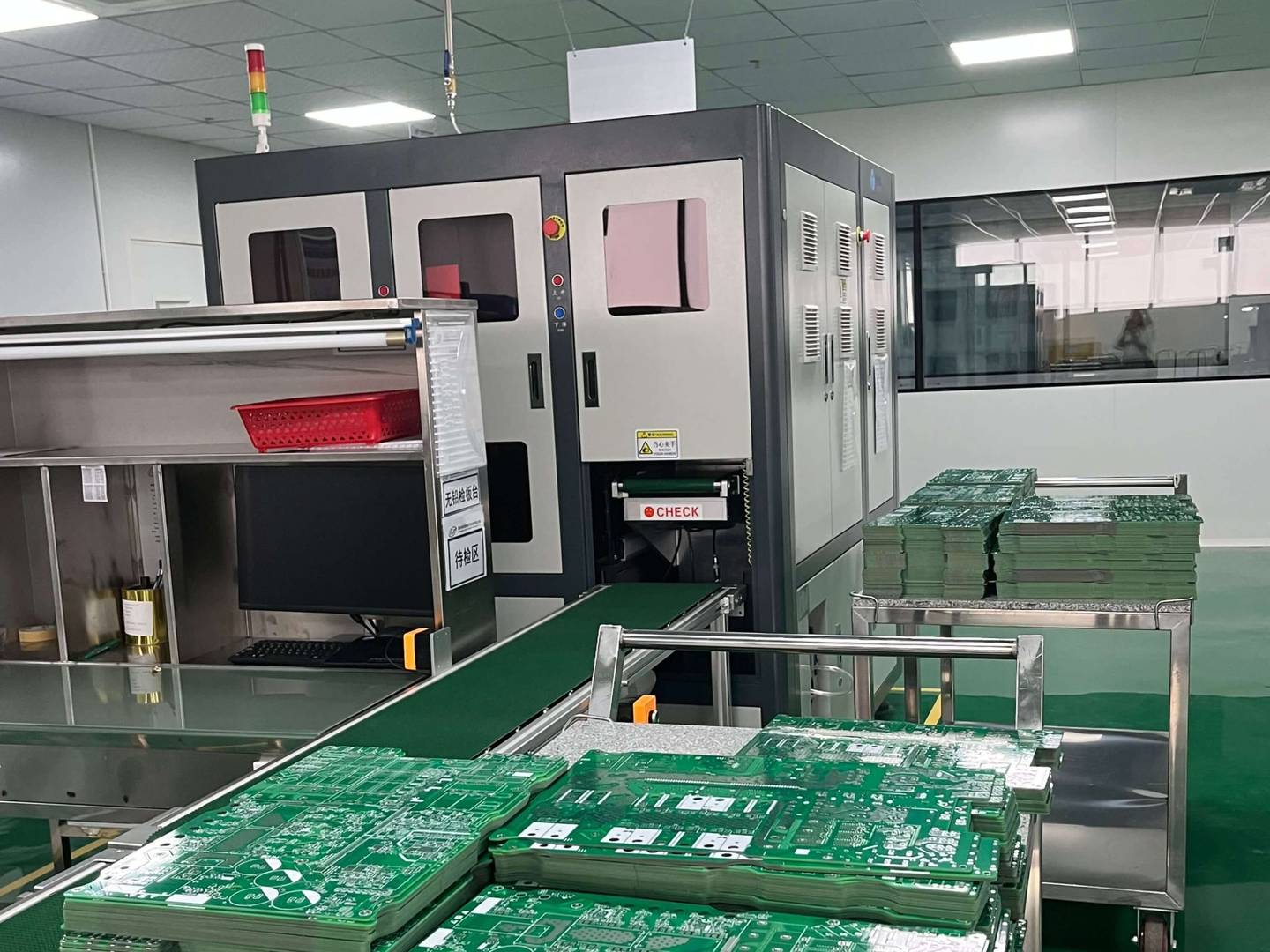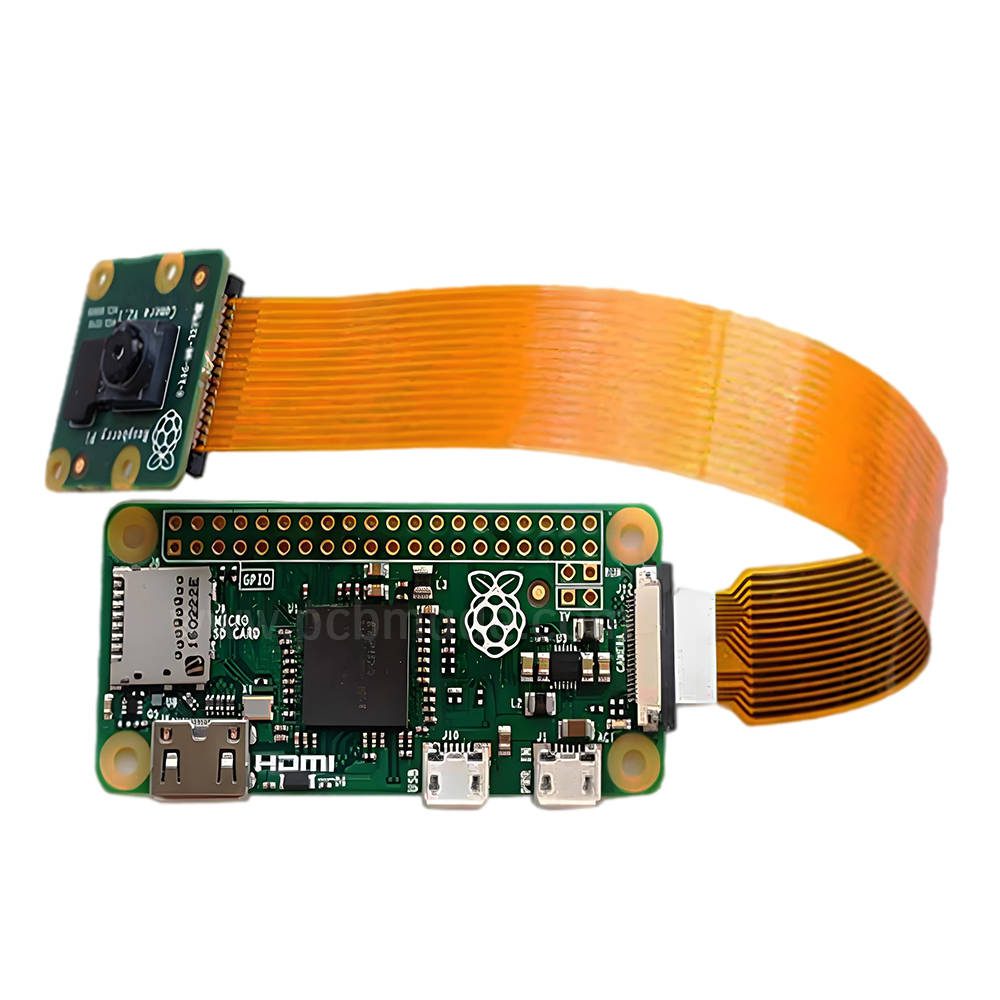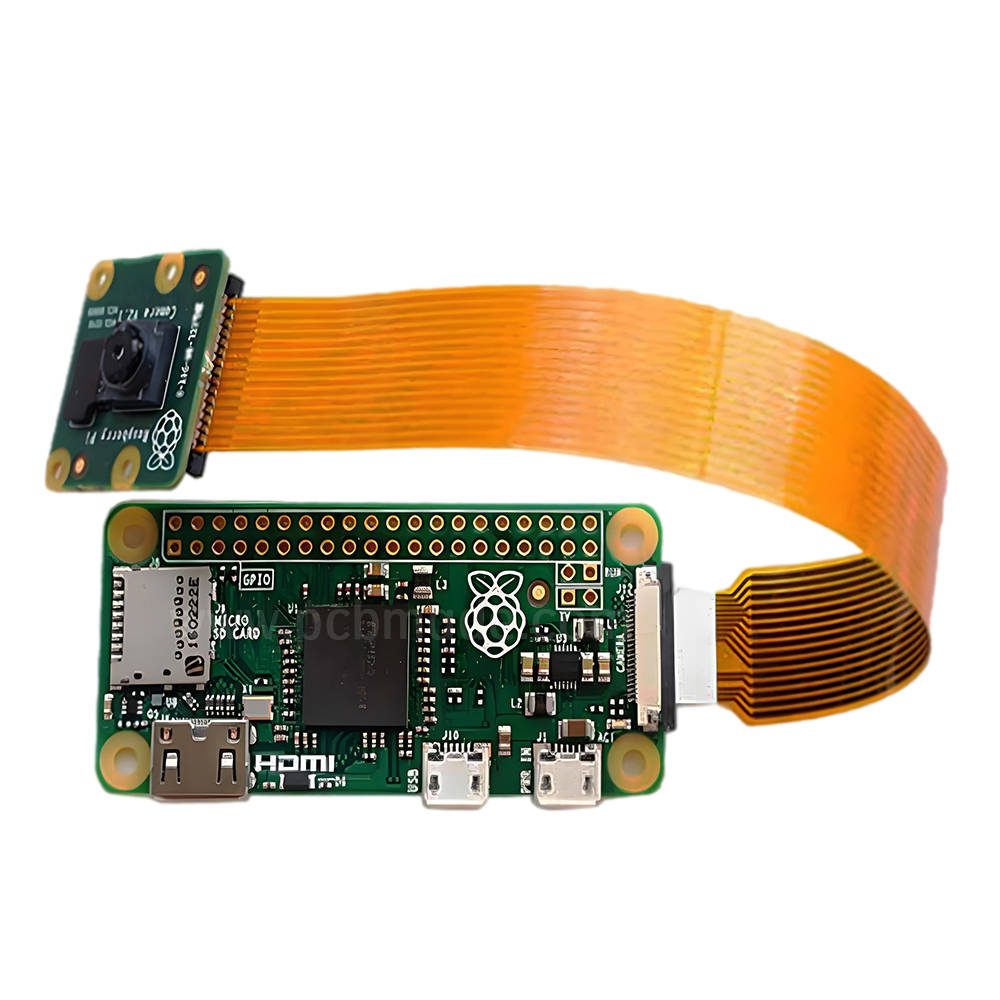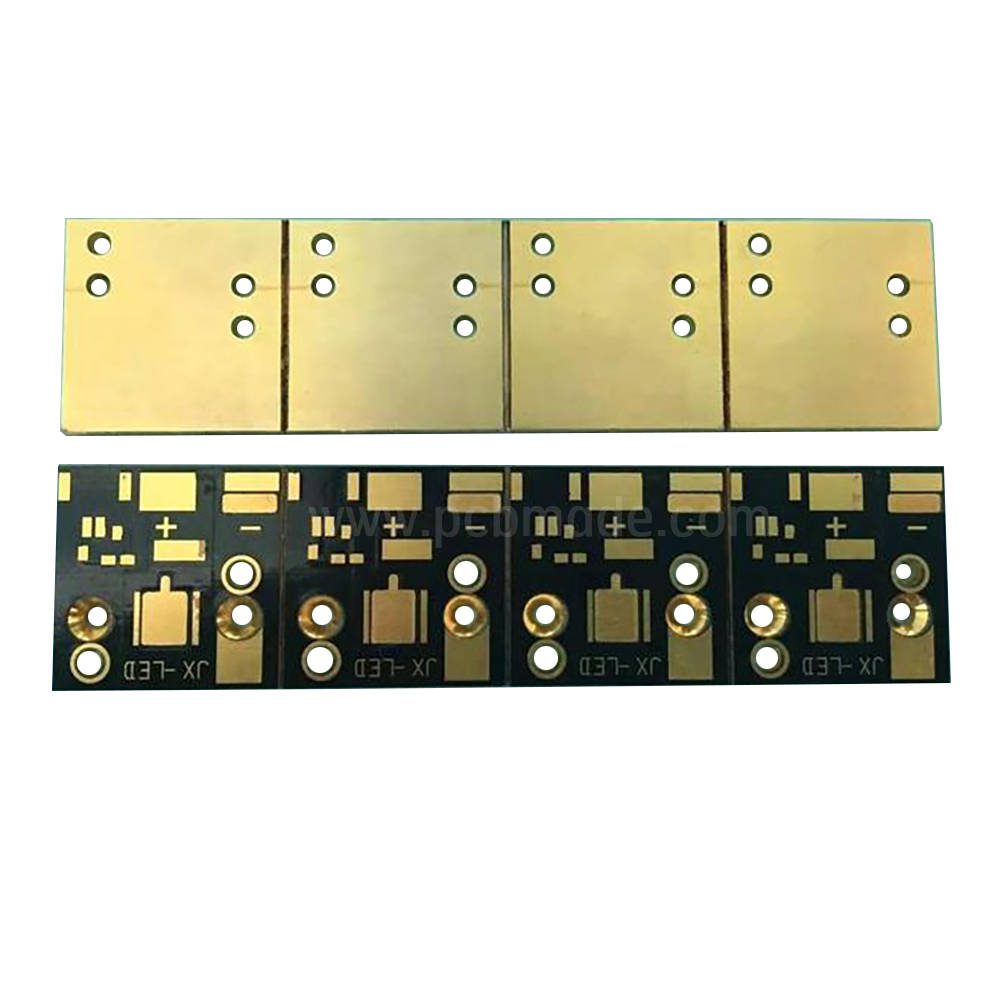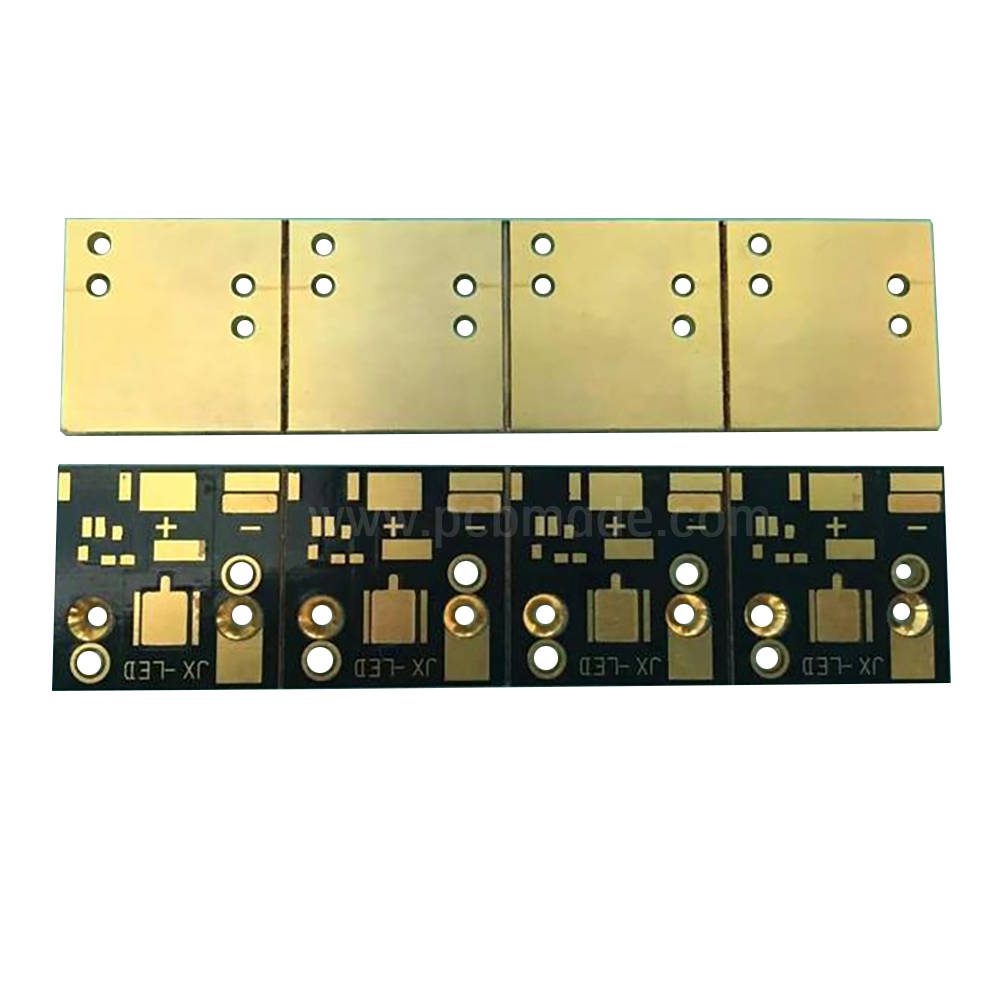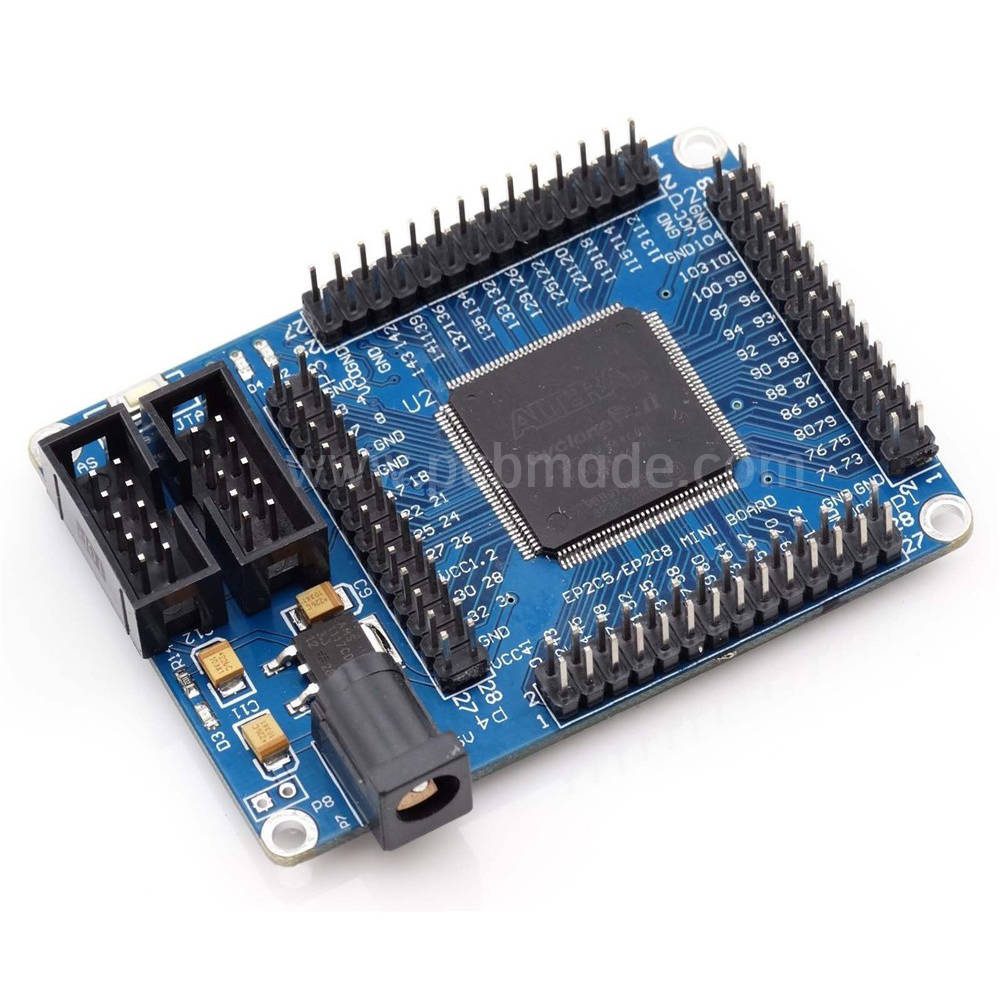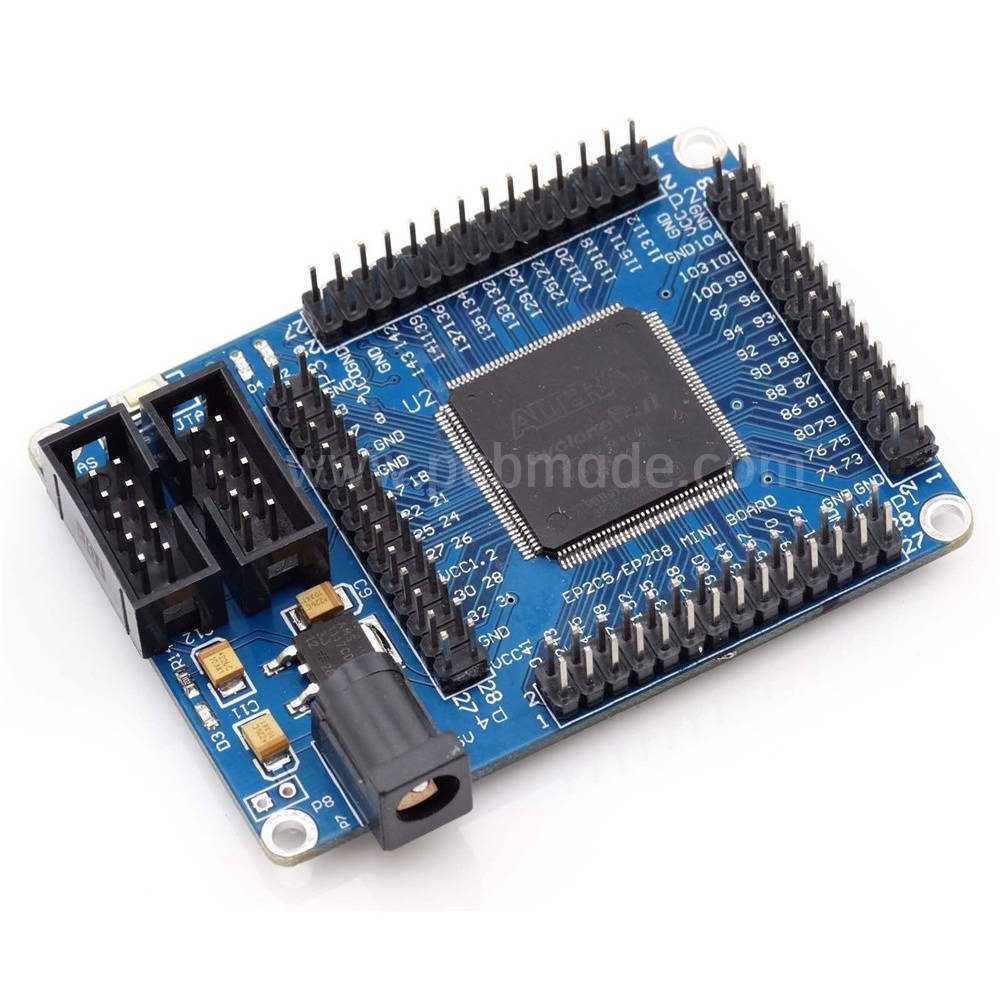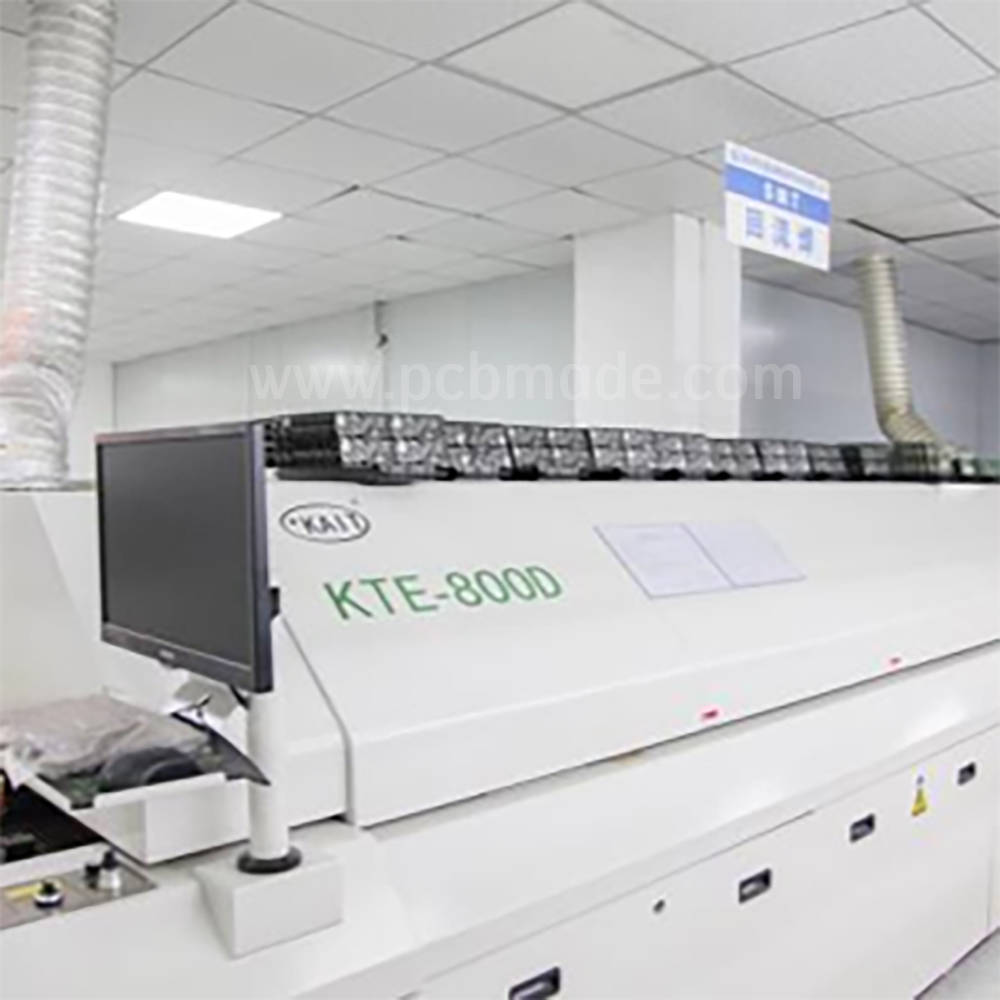Motor drive is a common technology in modern industry, which controls the current and voltage to make the motor work. The PCB layout is a key part of circuit design and is also very important for motor drives. This article will analyze the principles and methods to help readers better understand the importance and design principles of motor driven PCB layout.
Firstly, the principle of motor driven PCB layout mainly includes the following points:
1. Signal transmission path optimization: For motor drives, signal transmission is crucial. In PCB layout, it is advisable to avoid crosstalk and interference between signal lines as much as possible. By reasonably arranging signal lines and adopting shielding measures, the impact of electromagnetic interference can be reduced, and the stability and reliability of signal transmission can be improved.
2. Power line optimization: The motor drive requires a stable power supply, so in PCB layout, the length of the power line should be shortened as much as possible to reduce resistance and inductance. At the same time, for high-power motor drives, it is also necessary to consider the heat dissipation of the power cord and design the heat sink components reasonably to maintain the stable operation of the power supply.
3. Motor circuit layout: The core of motor drive is the motor circuit, and its layout directly affects the performance and stability of the motor. In PCB design, attention should be paid to separating the motor circuit from other parts and using independent layers to avoid mutual interference. At the same time, the heat dissipation problem of power components should also be considered, and the layout of heat dissipation equipment should be reasonable.
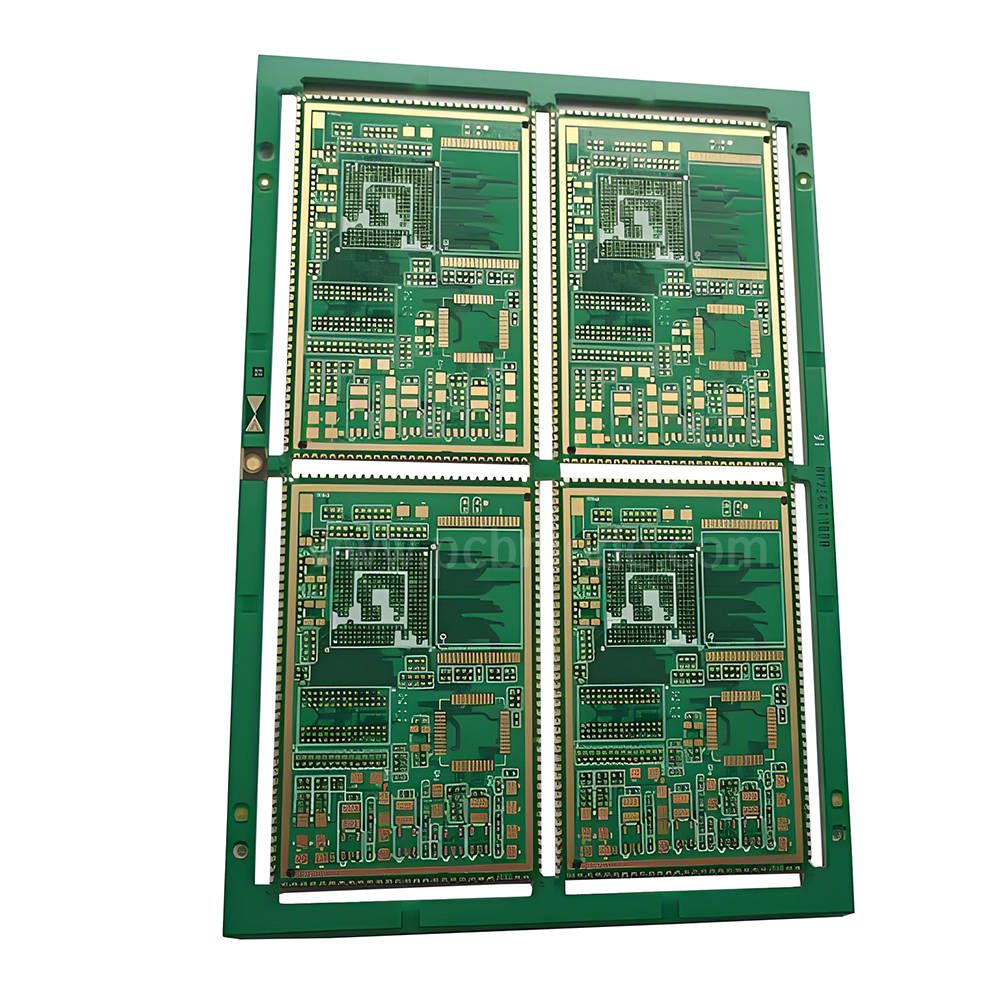

Next, we will introduce some methods and techniques for motor driven PCB layout:
1. Adopting a layered layout: By utilizing multi-layer PCB design, signal lines, power lines, and ground lines are separated and laid out to reduce mutual interference. At the same time, copper grounding can be installed on the PCB board to improve the circuit’s anti-interference ability.
2. Balanced layout: In circuit layout, the current path should be balanced as much as possible to avoid local overheating. This can be achieved by arranging the position of power components and the width of power lines reasonably, as well as increasing heat dissipation equipment.
3. Reasonable placement of power components: Power components are an important part of the motor drive PCB layout, and their position has a significant impact on heat dissipation and circuit stability. Power components should be placed as close as possible to the heat sink and their spacing should be arranged reasonably to ensure heat dissipation and operational stability.
4. Pin arrangement: In PCB layout, attention should be paid to arranging the pins of components reasonably and minimizing interference between wires and pins. It is possible to use staggered arrangement or pin jumper design to improve the compactness and stability of the layout.
In summary, the principle and method of motor driven PCB layout need to comprehensively consider factors such as signal transmission, power line optimization, circuit layering, and heat dissipation to achieve stable and reliable motor driving. Through reasonable layout design, the reliability, anti-interference ability, and heat dissipation effect of the circuit can be improved.


